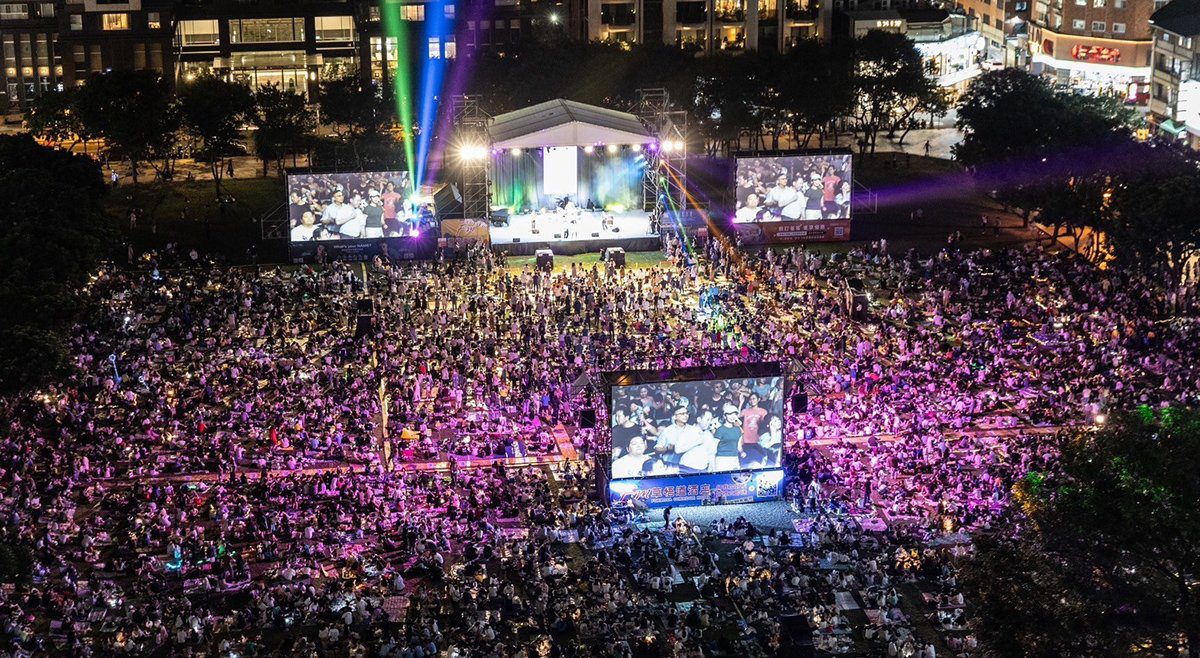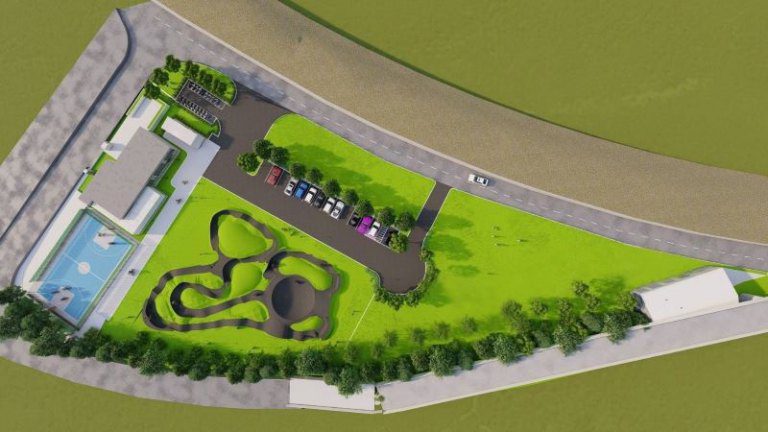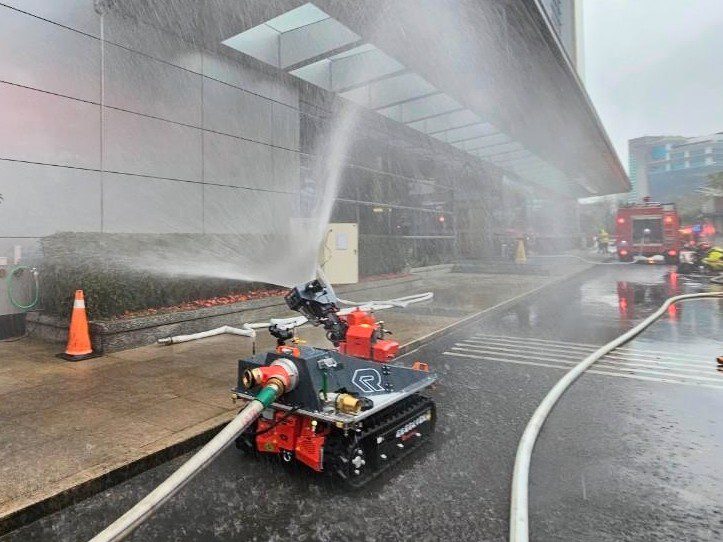Increasingly, systems and methods are being used to streamline asylum procedures. These types of range from biometric matching machines that search at iris works and fingerprints to internet directories for refugees and asylum seekers to chatbots that support them register protection instances. These kinds of technologies are made to make it easier just for states and agencies to process asylum applications, particularly as numerous systems are slowed down by the COVID-19 pandemic and growing amounts of required shift.
Yet these digital equipment raise many human privileges concerns intended for migrants and demand clean governance frameworks to ensure justness. These include privacy problems, funeste decision-making, and the likelihood of biases or perhaps machine errors that cause discriminatory consequences.
In addition , a central task for these systems is their particular relationship to frame enforcement and asylum developing. The early failures of CBP One—along while using the Trump administration’s broader touch for here restrictive guidelines that restrict use of asylum—indicate these technologies may be subject to personal pressures and really should not be viewed as unavoidable.
Finally, these kinds of technologies can shape how asile are identified and remedied, resulting in a great expanding carcerality that goes more than detention features. For example , talk and language recognition equipment create a specific educational space around migrants by requiring those to speak within a certain approach. In turn, this configures their particular subjecthood and will impact the decisions of decision-makers who have over-rely upon reports produced by they. These procedures reinforce and amplify the energy imbalances which exist between refugees and decision-makers.





















